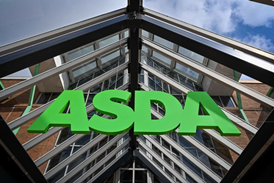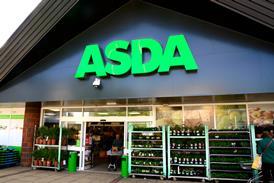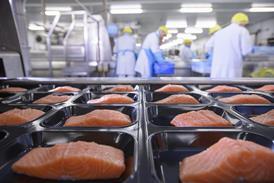Bakers are celebrating a better UK wheat harvest than last year, despite fears that dry weather would decimate the crop.
The summer rain that disappointed so many holidaymakers also poured cold water on fears that the UK's springtime dry spell would spell disaster for yields and quality. Thanks to the higher-than-expected rainfall, more wheat has made the high protein grade required for breadmaking than in 2010.
The bread grade wheat harvest was safely gathered before the heavy rains of the past fortnight, and the initial verdict on quality was positive, added Gary Sharkey, head of wheat procurement at Hovis. About 25% of the UK crop was still in fields but most had been earmarked for animal feed.
"It is as good as could have been expected we have easily enough wheat as an industry for the UK," said Sharkey. Hovis has pledged to use only British wheat in its loaves.
But although supplies are now secured, the pricing situation remains in the balance. Wheat prices on the London markets may have hit much higher levels last year, but they were currently well above historical averages, warned Alex Waugh, director of the National Association of British and Irish Millers.
Whether prices move up or down in the coming months would depend largely on harvest news from other parts of the globe, added Waugh and it should become clear in the next six to eight weeks where prices would settle. On the plus side, Russia was back on the grain export markets after drought hit crops in 2010. However, Germany's crop had been hit by relentless rain in recent weeks, he said.
Meanwhile, the US corn crop was likely to be affected by drought in states such as Texas and South Kansas, which could affect the price UK bakers paid for wheat, said Waugh.
Because wheat could be used in the feed market as a substitute for corn, a potential outcome of the US drought was that the price of lower-grade wheat would be pushed up, in turn putting upward pressure on the price of bread grade wheat, he explained.
The summer rain that disappointed so many holidaymakers also poured cold water on fears that the UK's springtime dry spell would spell disaster for yields and quality. Thanks to the higher-than-expected rainfall, more wheat has made the high protein grade required for breadmaking than in 2010.
The bread grade wheat harvest was safely gathered before the heavy rains of the past fortnight, and the initial verdict on quality was positive, added Gary Sharkey, head of wheat procurement at Hovis. About 25% of the UK crop was still in fields but most had been earmarked for animal feed.
"It is as good as could have been expected we have easily enough wheat as an industry for the UK," said Sharkey. Hovis has pledged to use only British wheat in its loaves.
But although supplies are now secured, the pricing situation remains in the balance. Wheat prices on the London markets may have hit much higher levels last year, but they were currently well above historical averages, warned Alex Waugh, director of the National Association of British and Irish Millers.
Whether prices move up or down in the coming months would depend largely on harvest news from other parts of the globe, added Waugh and it should become clear in the next six to eight weeks where prices would settle. On the plus side, Russia was back on the grain export markets after drought hit crops in 2010. However, Germany's crop had been hit by relentless rain in recent weeks, he said.
Meanwhile, the US corn crop was likely to be affected by drought in states such as Texas and South Kansas, which could affect the price UK bakers paid for wheat, said Waugh.
Because wheat could be used in the feed market as a substitute for corn, a potential outcome of the US drought was that the price of lower-grade wheat would be pushed up, in turn putting upward pressure on the price of bread grade wheat, he explained.













No comments yet